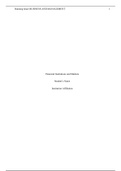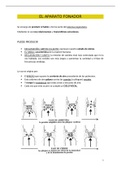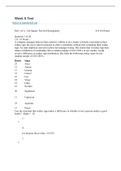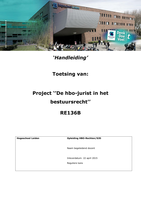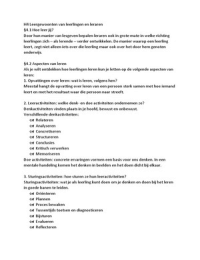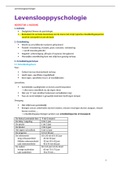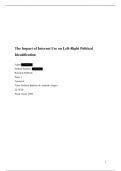Class notes
Unit 7 - Learning
- Course
- Psyc 101
- Institution
- University Of British Columbia (UBC )
Gain insights into the processes, mechanisms, and theories of human learning. Explore key concepts such as classical conditioning, operant conditioning, and observational learning. Delve into different types of learning, including explicit and implicit learning. Examine influential research finding...
[Show more]




